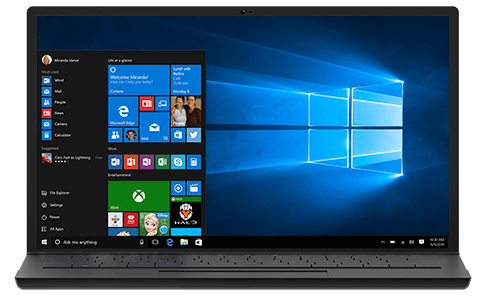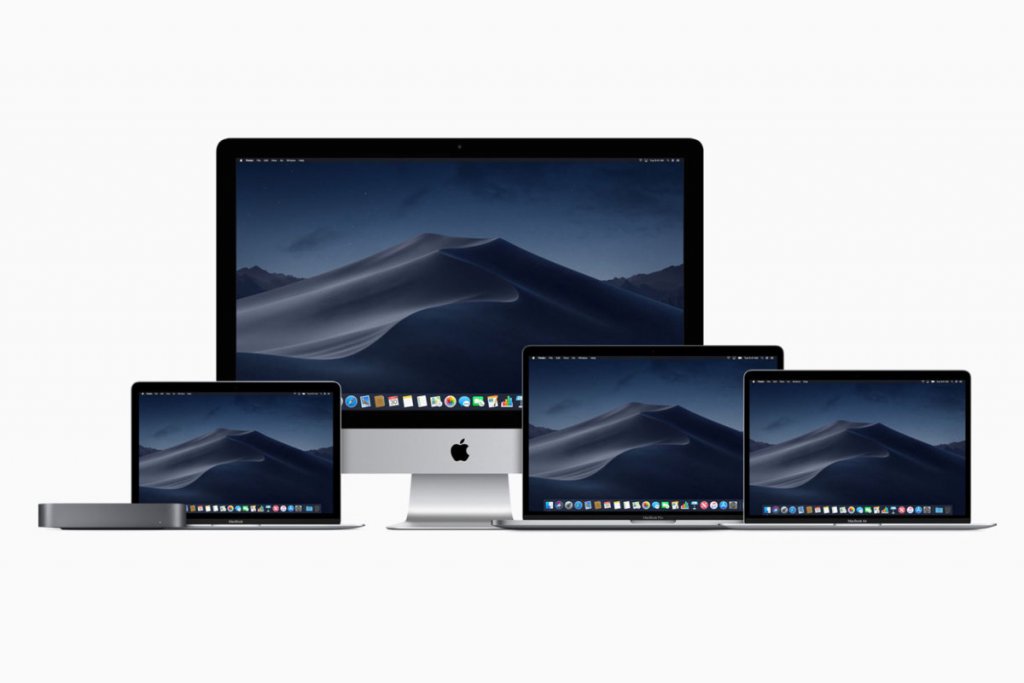What to do now Windows 7 is dead— your options

For many millions of PC users across the world, January 14, 2020, will see the end of manufacturer’s support for their operating system, as Microsoft ceases to support all versions of Windows 7 on that date.
The OS was released back in 2009 and runs on 37 percent of Microsoft-flavored operating system instances. Windows 10’s slight dominance of the stable only came in Q4 2018 and runs on 39 percent of PCs. That means many millions of Windows 7 users will no longer receive patches, bug fixes, or security updates from the vendor.
That’s unless users pay for continued support, an option for Windows 7 Pro and Windows 7 Enterprise installations on a per machine, per annum basis:
- 2020 — £20 ($26) per machine, per year.
- 2021 — £40 ($52) per machine, per year.
- 2022 — £80 ($105) per machine, per year.
For companies and organizations with significant numbers of Windows 7 still running, that represents a significant investment— so what are the alternatives?
Do nothing
As equipment falters or begins to break down, many will replace their Windows 7 devices with newer hardware, which can come with Windows 10 pre-installed. However, in the interim, those remaining Windows 7 installs will have to rely on third-party protective measures like client-based security software.
Systems administrators may consider network segregation of Windows 7 devices, perhaps in a dedicated subnet or VLAN, to at least partially isolate what will be a recognizable security issue. However, with the best will in the world, the business’s risk profile will be raised, and this will need to be balanced against the operational benefits of continuing to run software that may be, for example, entirely reliant on Windows 7.
Windows 7 end of life support ceases on the 14th January 2020. HTG can help you avoid extended support fees by offering strategic advice to formulate your business objectives and experience modern workplace solutions. https://t.co/EO8XPa6kSb pic.twitter.com/YKdQkgmetH
— HTG Global IT Solutions (@HTGUK) December 17, 2019
Go thin
An emerging operational infrastructure solution is one of virtual desktops. By deploying powerful, cloud-based (or centralized) servers, every desktop can be virtualized and served over the network to so-called ‘thin’ clients.
These are devices with minimum amounts of hardware onboard and are therefore very cheap both to purchase or lease, but also in terms of operational costs. Lower power consumption is a plus for many users at scale, and there is very little need for a support structure as there’s very little to go physically wrong with each instance. Small form-factor devices need only a network connection, screen, keyboard, and mouse, for example.
The OS served to each client can be of whatever version the company wants, and any updates, patches, and other attenuations are done on-server.
However, as a relatively new offering for Windows-based clients (the technology of mainframe plus thin client goes back to the 1950s), costs may be relatively high, but if the figures work out, this is a relatively painless way for extended workforces to keep in the Windows environment.

Source: Microsoft
Upgrade the OS (maybe update the hardware)
The minimum specifications for Windows 10 are fairly low (GHz, 2GB RAM, 20GB HD), but in practical terms, most applications need a more heavyweight set of hardware to produce a user experience not dominated by spinning cursors as memory pages to spinning rust disks.
In practical terms, a couple of processor cores of Celeron flavor or better running at around 2GHz might be a good starting point, at least 4GB of RAM and a cheap SSD of at least 64GB should be considered a minimum.
Upgrade costs will, therefore, vary according to each existing workstation, plus it’s worth noting that the older the hardware, the more likely it is that more significant components like the motherboard may fail before updated RAM sticks, for example.
There’s also the issue that the free upgrade window to Windows 10 ended a few years ago so that each machine will need a copy of Windows 10 Pro or Pro for Workstations. Single copies retail for US$199 and US$309.00, respectively, although your Microsoft vendor will be able to offer licensing terms that are more generous.
Upgrade the hardware
Perhaps the easiest way to cure many problems is to throw money, and this is one such instance. Equipping all Windows 7 users with new hardware that ships with Windows 10 may be an answer, but one that will come at a price. Any hardware still running Windows 7 will by now have fully depreciated, new purchases will be added to the asset column of your accounts, with financial implications that your FP&A (Financial & Planning Analysis) team will be able to discuss with you.
If this is your chosen route, it may be worth also considering several options that are proven to increase users’ productivity, like ergonomic keyboards and dual-monitor setups. For many users, it’s touches like that which can make the working day more enjoyable, less physically wearing, and create a boost to overall production.

Source: Apple
Get Macs
Broadly speaking, there are two main options when thinking of a move away from Windows. The first is to move as many users over to the Mac OS, which only runs (to all intents and purposes) on Apple hardware. While Apple kit is expensive, it does come with several advantages:
- The FreeBSD-based operating system that runs Mac desktops & laptops is still relatively virus-free.
- The high price of the hardware is reflective of the better quality of hardware components. Macs tend to last seven years before replacement, as opposed to “traditional” PCs’ three years.
- New versions of Mac OS are free.
- Much standard software will either run natively on Mac OS, or there will be a fully-native Mac alternative. Microsoft Office 365 is available, although integration into services like Exchange and SharePoint may require some examination, especially in non-standard use-cases.
- Mac OS is generally very reliable in terms of day-to-day running, and Mac users require significantly lower levels of support compared to their Windows-using colleagues.
However, specialist software in some areas is very much platform-specific, and may not run at all under Mac OS. In those cases, Mac users can run emulations of other operating systems, although these usually require some confidence on the part of the end-user to be viable. Even the most Mac-centric workplaces usually have a PC or two still running, typically in the Finance and Accounts department, and anywhere that requires highly-specialist software.
There’s also the issue of user training. If end-users grumble when a new version of Office or an update confuses them, shifting those people to Mac OS may not be a pleasant prospect.
YOU MIGHT LIKE

One billion Linux desktops?
Get Linux
Although the Linux operating system now runs the majority of the world’s servers — and therefore “the cloud” as we know it— the Linux desktop is not often used. However, the open-source option is worth considering in some cases. The advantages are:
- The OS itself is free and comes in multiple, configurable variations.
- Like the Mac OS, there are few malware instances “in the wild.”
- The vast majority of software is free and open-source, although, in many cases, support for the OS or key applications can be bought to remove many maintenance headaches.
- Linux can and does run on minimal hardware. A fully-functional desktop will run quite happily on a $50 Raspberry Pi 4, single-board computer, for example. That sort of low system demands that’s common in the Linux world means that the OS & software will run on old or even bare-bones hardware.
The disadvantages of Linux broadly reflect those of Mac OS when compared with Windows. In short, if there’s specialist software running that relies on Windows, or recalcitrant users, mass migration to Linux might not be viable.
However, those quick to disparage Linux and the free and open-source (FOSS) model should note the following:
- Cloud services, including Microsoft Azure, are running 24/7/365 on Linux.
- The Android OS installed on the phone in your pocket is Linux, and (mostly) open-source.
- Microsoft’s anti-FOSS stance has changed. Windows 10 users can now run a window-ed Linux environment in the form of WSL (Windows Subsystem for Linux) and have recently released the Teams chat & collaboration application natively for Linux, seen by many as the first step towards Office 365 running natively. Until that point, Libre Office neatly replaces Microsoft’s version, and without an upfront license cost or annual stipend.









